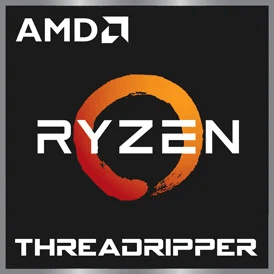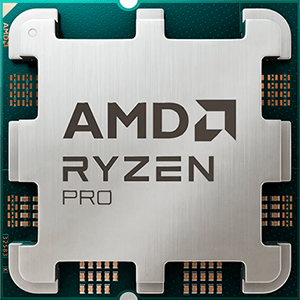Intel Celeron J1900 vs Intel Core i9 12900KS
We compared two desktop CPUs: Intel Celeron J1900 with 4 cores 2.0GHz and Intel Core i9 12900KS with 16 cores 3.4GHz . You will find out which processor performs better in benchmark tests, key specifications, power consumption and more.
Main Differences
Intel Celeron J1900 's Advantages
Lower TDP (10W vs 150W)
Intel Core i9 12900KS 's Advantages
Released 8 years and 5 months late
Better graphics card performance
Higher specification of memory (4800 vs 1333)
Larger memory bandwidth (76.8GB/s vs 21.3GB/s)
Newer PCIe version (5.0 vs 2.0)
Higher base frequency (3.4GHz vs 2.0GHz)
More modern manufacturing process (10nm vs 22nm)
Score
Benchmark
Geekbench 6 Single Core
Intel Celeron J1900
183
Intel Core i9 12900KS
+1298%
2559
Geekbench 6 Multi Core
Intel Celeron J1900
571
Intel Core i9 12900KS
+2622%
15546
General Parameters
Nov 2013
Release Date
Apr 2022
Intel
Manufacturer
Intel
Desktop
Type
Desktop
x86-64
Instruction Set
x86-64
Bay Trail
Core Architecture
Alder Lake-S
J1900
Processor Number
i9-12900KS
FCBGA1170
Socket
LGA-1700
Intel® HD Graphics for Intel Atom® Processor Z3700 Series
Integrated Graphics
UHD Graphics 770
Package
22 nm
Manufacturing Process
10 nm
10 W
Power Consumption
150 W
105 °C
Peak Operating Temperature
100 °C
CPU Performance
4
Performance Cores
8
4
Performance Core Threads
-
2.0 GHz
Performance Core Base Frequency
3.4 GHz
2.42 GHz
Performance Core Turbo Frequency
5.5 GHz
-
Efficiency Cores
8
4
Total Core Count
16
4
Total Thread Count
24
-
Bus Frequency
100 MHz
20x
Multiplier
34x
32 K per core
L1 Cache
64 K per core
2 MB
L2 Cache
14 MB shared
-
L3 Cache
30 MB shared
No
Unlocked Multiplier
Yes
Memory Parameters
DDR3L-1333
Memory Types
DDR5-4800, DDR4-3200
8 GB
Max Memory Size
128 GB
2
Max Memory Channels
2
21.3 GB/s
Max Memory Bandwidth
76.8 GB/s
No
ECC Memory Support
Yes
Graphics Card Parameters
true
Integrated Graphics
true
688 MHz
GPU Base Frequency
300 MHz
854 MHz
GPU Max Dynamic Frequency
1550 MHz
-
Shader Units
256
-
Texture Units
16
-
Raster Operation Units
8
-
Execution Units
32
-
Power Consumption
15 W
0.04 TFLOPS
Graphics Performance
0.78 TFLOPS








